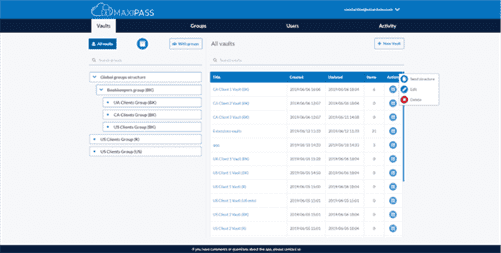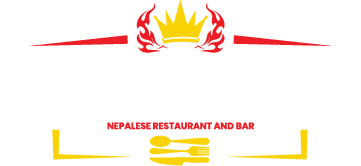First a tool for blogging, WordPress quickly grew to be an extensive content management system (CMS) able to handle a variety of websites. As we noted, you’ll need a tool to add e-commerce functionality to WordPress, such as product pages, carts, and payment gateways. There are a lot of options, but WooCommerce is the standout choice for most users. Installing this plugin will add much of what you need to build a store and sell products through WordPress.
- Similar to WordPress themes, you’ll need to activate the plugin once it’s installed.
- You could even go so far as to integrate an educational aspect to the system to make it very engaging for students.
- You can use WordPress pages to set up everything required for your portfolio – a contact page, a services page, and even a showcase of your work.
- WordPress.com offers round-the-clock support for users in need of assistance.
As a WordPress beginner, you’ll join this global community of users and you’ll find the WordPress community welcoming and eager to help. This is why WordPress sites tend to rank higher than others in search engines. WordPress is written using high-quality code with semantic markup. In non-geek terms, this means Google and other search engines love WordPress.
What is a WordPress Plugin?
Blogging also helps increase brand awareness as well as online recognition. Jetpack CRM even turns your WordPress dashboard into a customer relationship management (CRM) tool that will help you grow your business. For more information, read our posts about choosing the right WordPress plugins, as well as a selection of the best must-have plugins to install on your WordPress site. With WordPress.org, you pick a hosting provider and install the WordPress software on your server. You have complete freedom to do whatever you’d like with your site, though there is a bit more technical know-how required. It can automatically get rid of the worst spam comments on your site so you never even have to see them.
This makes it feasible to create a business website without paying a hefty monthly fee. Plus, whether you’re creating small websites or large eCommerce stores, there are WordPress plugins to support your needs. Add features like contact forms, galleries, Google Analytics integration, and payment gateways in just a few clicks.
Resources for Building a WordPress Website
It also gives you more control over setting up a WordPress site because it has better options and possible personalization. WordPress.com doesn’t allow you as much customization as WordPress.org, and there are many limitations to it. But if you’re just playing around and starting up your blog, then it’s the right one for you. It’s also a good choice if you don’t want to worry about any initial costs. The most significant difference between WordPress.com and WordPress.org is that the former is a hosting service, and the latter is system software. In other words, WordPress themes and plugins means that WordPress can do almost anything, though that does not mean that it is always the best solution.
As mentioned previously, it’s open source, so there are a ton of plugins and themes, like Divi, to help you stand out from the crowd. In addition to that, it’s SEO-friendly, has great support, and is mobile-friendly. Using an SEO plugin like Rank Math, you can easily add keywords, metadata, and schema to help your business rank higher in the search engine ranking pages (SERPs). Kadence Theme from Kadence WP is a lightweight yet full-featured WordPress theme for creating beautiful, fast-loading, and accessible websites easier than ever. It features an easy-to-use drag-and-drop header and footer builder to build any type of header in minutes.
WordPress websites tend to rank higher than others in Google search engines. Google loves WordPress because of the way wordpress development services it works technically. And one of the biggest reasons you should use WordPress is because of SEO-friendly it is.

Next, you can insert photos, embed videos, and add content. Follow the same steps to create multiple pages for your website. Start by deciding whether you want a post or page to serve as the homepage (or any page) of your website. To add a post to your website, go to the admin dashboard, click Posts and then Add New. Additionally, there are other native post types, as well as custom post types. WordPress automatically applies a default theme that looks rather plain.
![]()
Once you have WordPress installed, the main thing you’ll want to do is choose a theme that appeals to you and what you want to accomplish with your blog. There are themes that accommodate news, magazine, and tiled layouts (and more). If you’ve ever heard anyone talk about building a website, there’s a good chance you’ve heard of WordPress. Originally launched in 2003, WordPress has since become the most popular CMS in the world, powering over 60 million websites today. Whether you need a landing page or a full ecommerce site, an online learning academy or an interactive informational site for your business, we can build it for you.

The possibilities are endless when it comes to customizing a WordPress website. WordPress themes and plugins can add new design options and added functionality. WordPress is a free, open-source website creation platform. On a more technical level, WordPress is a content management system (CMS) written in PHP that uses a MySQL database. In non-geek speak, WordPress is the easiest and most powerful blogging and website builder in existence today.


